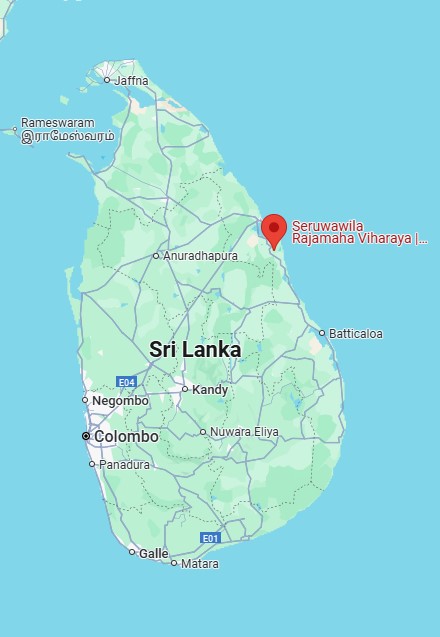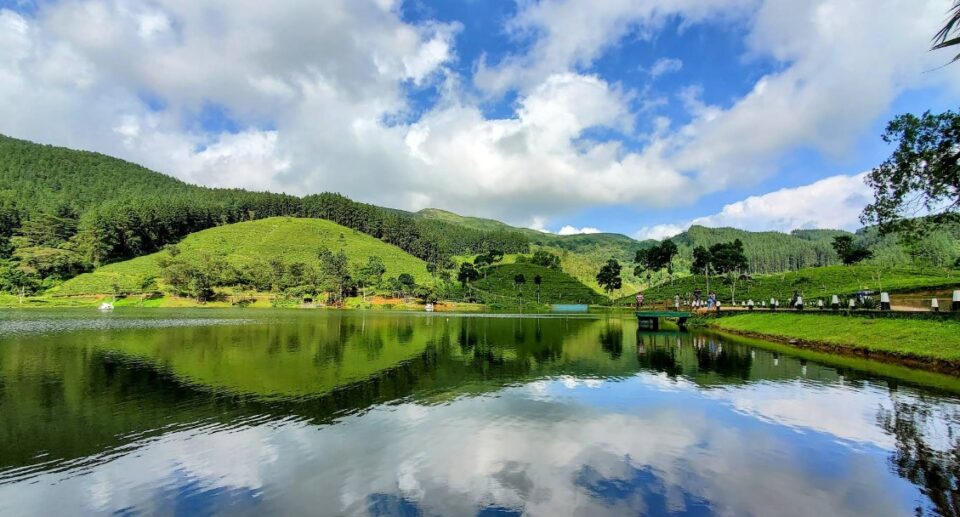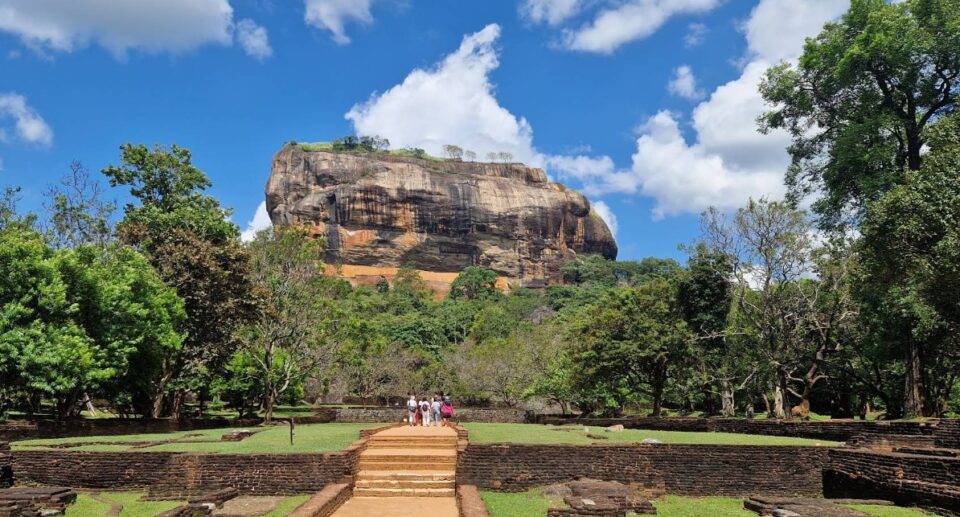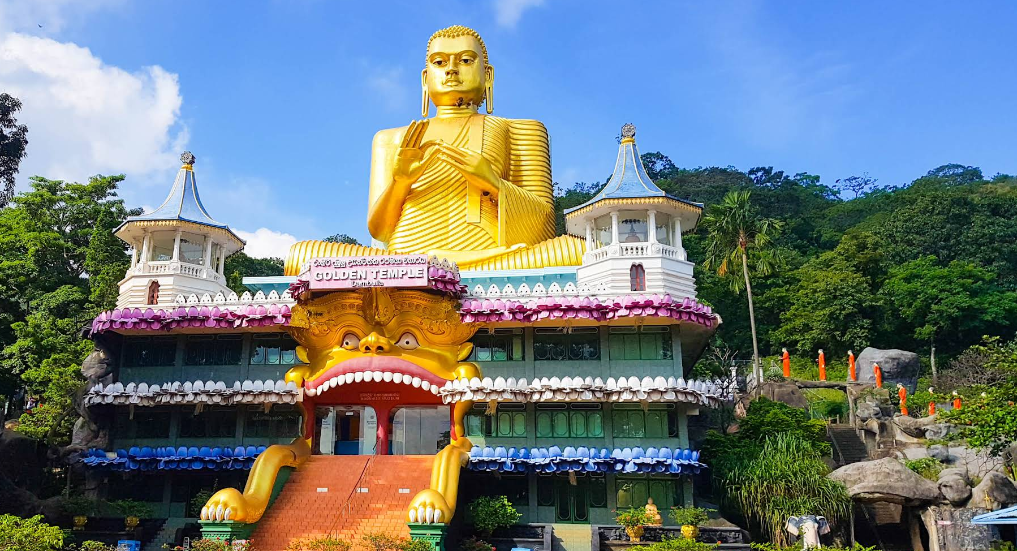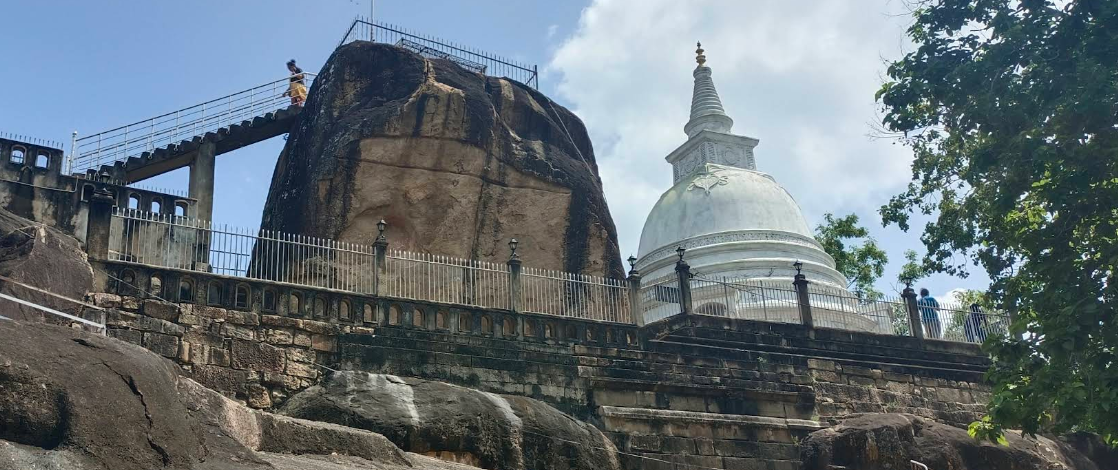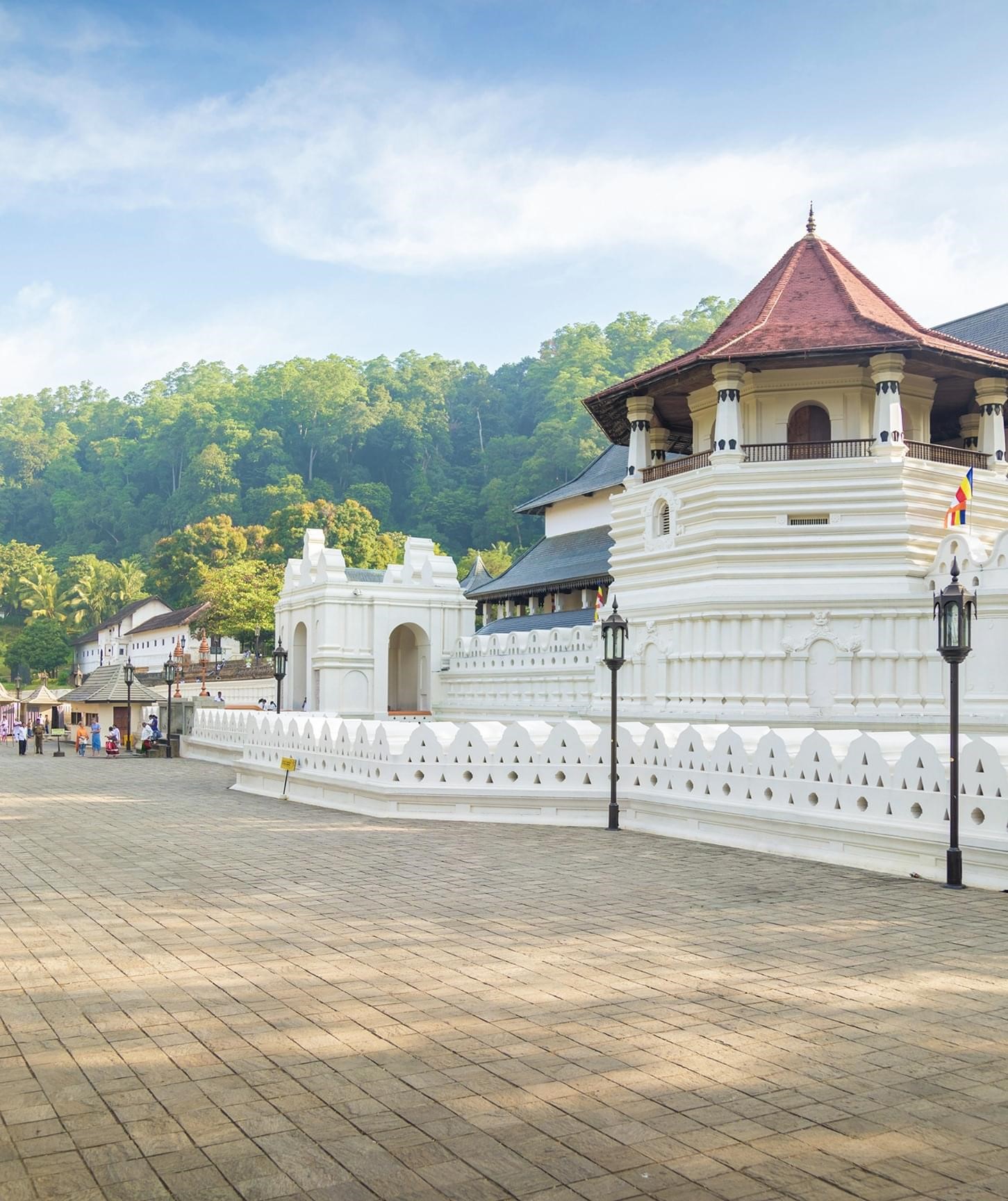Seruwila Raja Maha Viharaya: A Sacred Gem in Trincomalee
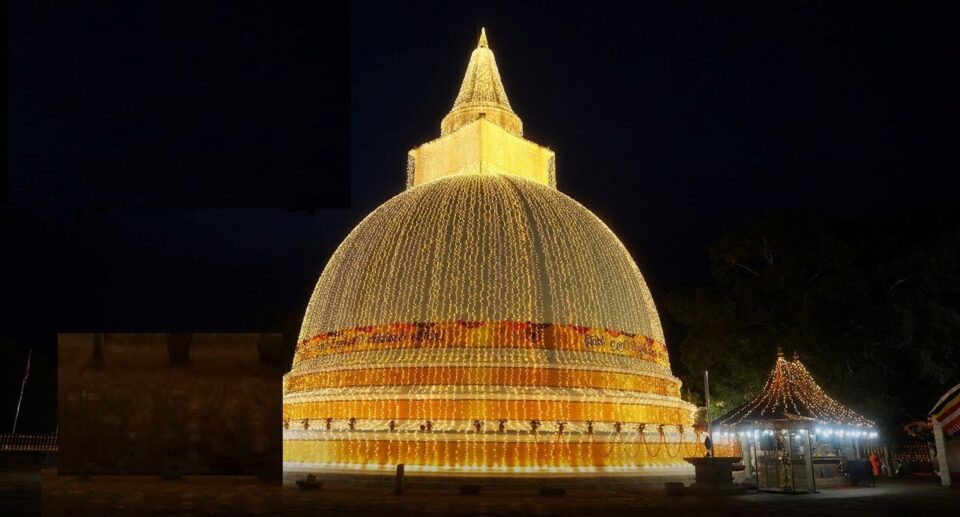
Sri Lanka, the country with strong Buddhist roots, boasts some of the world’s most revered and ancient temples. Among these is the Seruwila Raja Maha Viharaya, an off-the-tourist-path but very holy temple located in the Eastern Province, near Trincomalee. This ancient stupa, rich in history, spirituality, and architectural beauty, is a testament to Sri Lanka’s religious passion and cultural heritage. Not only is it a significant pilgrimage destination, but it is one of the sites linked to relics of the Buddha himself.
Historical Background
Seruwila Raja Maha Viharaya traces its origin to the 2nd century BCE during the reign of King Kavantissa, the king of the southern kingdom of Ruhuna. According to historical chronicles such as the Mahavamsa, the king built this temple to enshrine holy relics of the Buddha, i.e., the Lalitavistara Dathu, which includes the Buddha’s frontal bone relic (Lalata Dhatu).
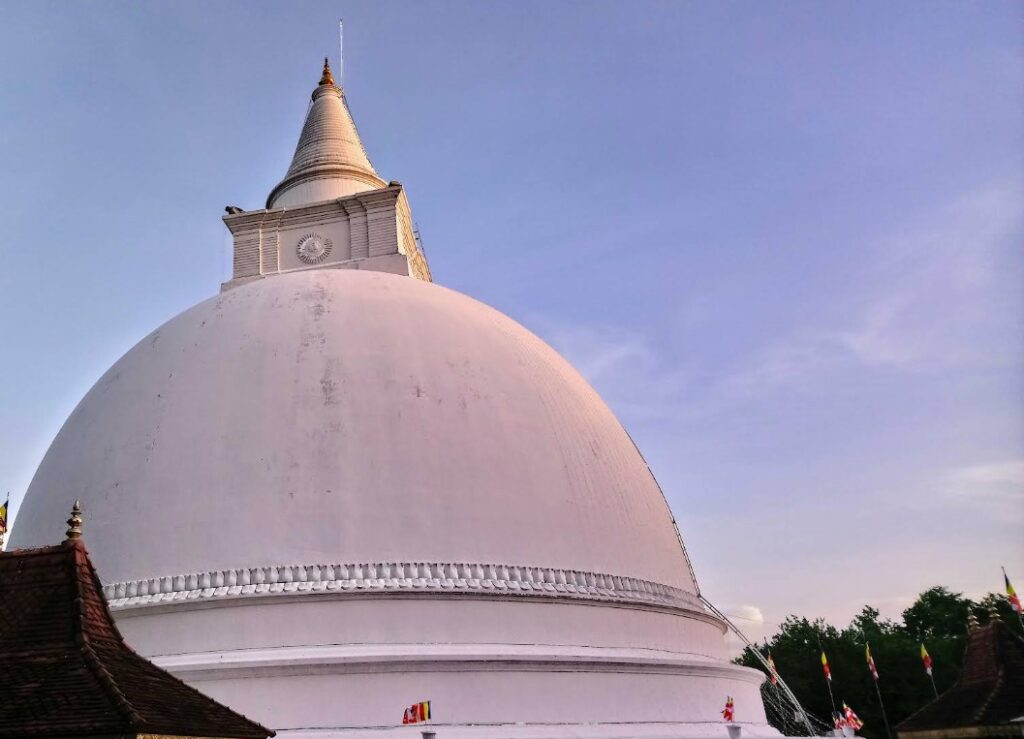
In the time span, the area of Seruwila was filled with dense forests and inhabited by indigenous tribes. King Kavantissa, who was a devout believer and visionary,
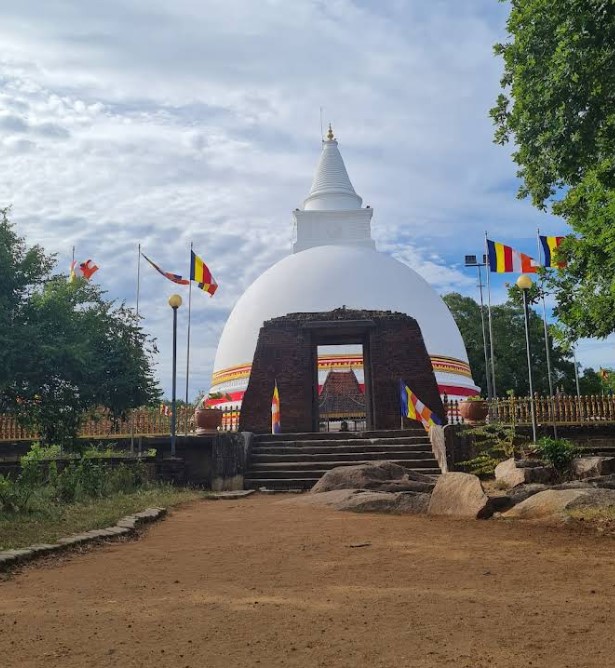
founded the place as part of his program to consolidate and spread the Dhamma in the region. Throughout the centuries, the temple was expanded and renovated by subsequent Buddhist benefactors and kings.
Although, with the decline of Buddhist rule in the eastern provinces and periods of foreign invasions, the temple became destroyed and was eventually overtaken by jungle for centuries until it was rediscovered in the early 20th century.
Rediscovery and Restoration
In 1922, the ruined stupa was again found by a local monk and, with help from the Department of Archaeology of Sri Lanka, restoration was begun. Over time, the stupa was rebuilt and a new temple complex was established surrounding it. Thanks to these efforts in preservation, Seruwila Raja Maha Viharaya was returned to its former glory and continues to be a center of Buddhist piety and pilgrimages today.
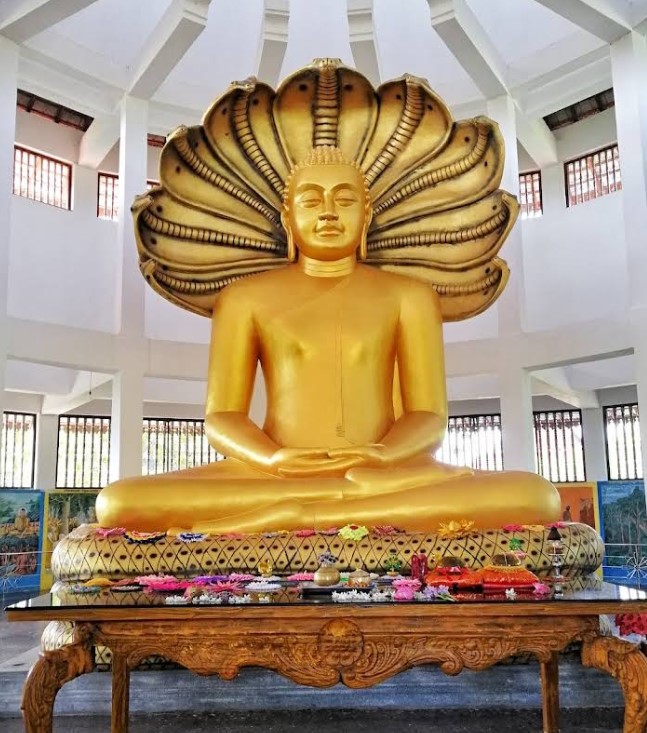
In order to acknowledge its religious and historical importance, the temple was declared an Archaeological Protected Monument in 1962.
Religious Significance
Seruwila is among the sixteen most revered Buddhist shrines (Solosmasthana) of Sri Lanka. These are sites that were visited by the Buddha on his three mythical journeys to the island.
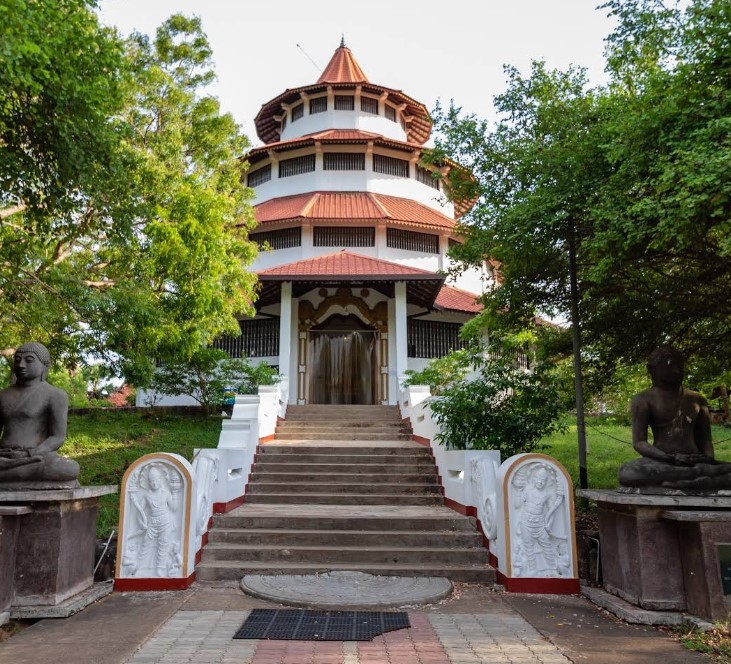
Stupa is notably revered as it contains one of the most precious relics of the Buddha—frontal bone. In Buddhist faith, the relic is highly spiritually powerful and is worshipped as a representation of the permanent existence of the Buddha.
For pilgrims, a pilgrimage to Seruwila is a highly meritorious act. The majority of devotees travel considerable distances, especially on Poya (full moon) days, to lay flowers, light lamps, and recite pirith (protective verses).
Architectural Features
Seruwila Stupa (dagoba) is a classic example of Sinhalese Buddhist architecture of ancient times. The bell-shaped monument rises above a land of flat plains and distant forests. The original plan was preserved in the restoration, not straying from its original proportions and symmetrical shape.
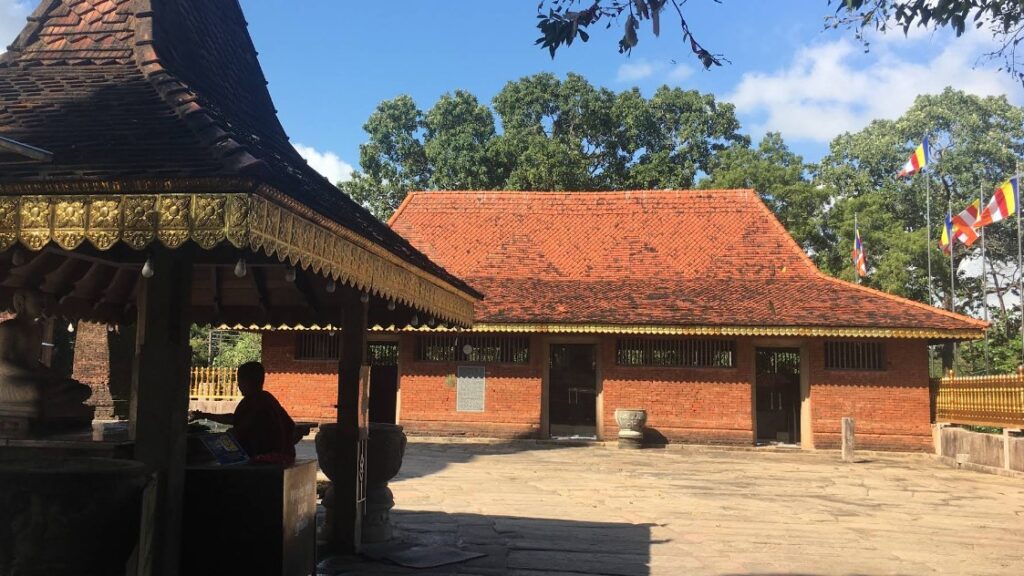
Typical features are: Main stupa: It is placed on a circular platform, surrounded by a stone-laid courtyard.
Vatadage: A circular house for relics, currently restored, preserves the sacred relics.
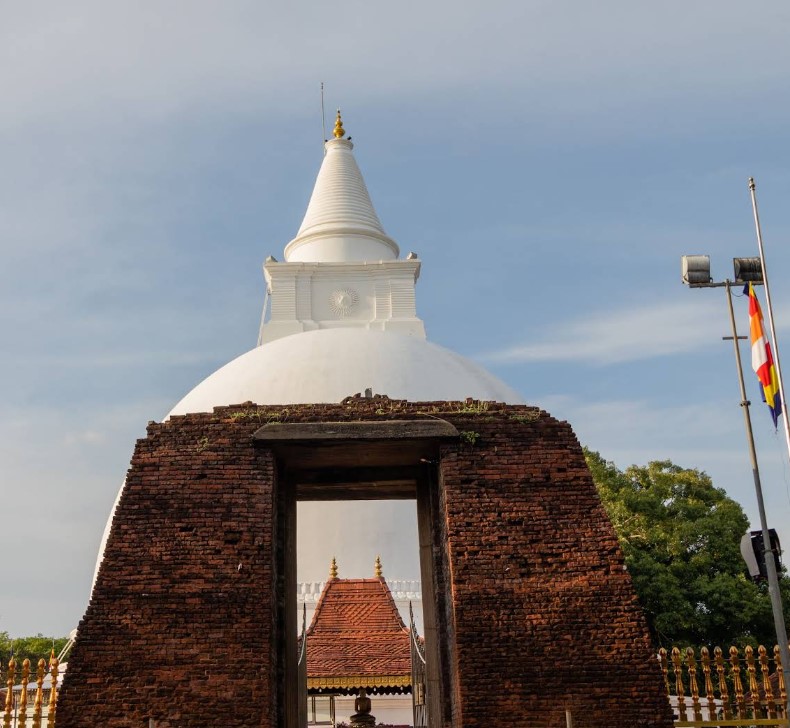
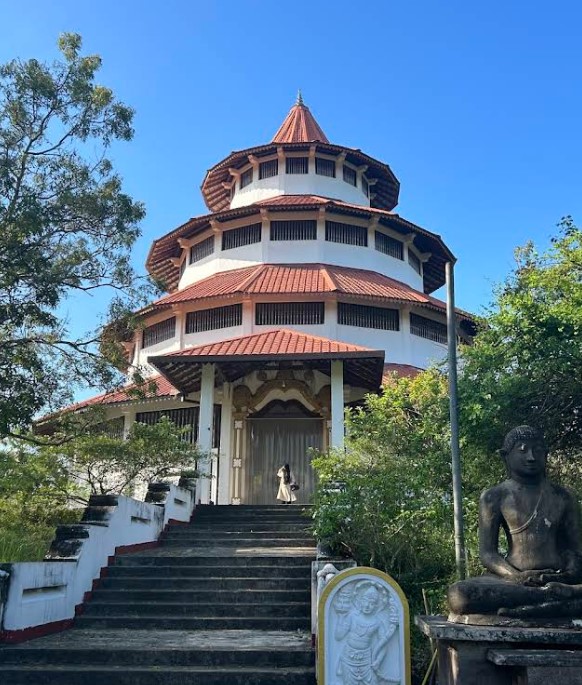
Image houses: There are Buddha statues in seated and upright postures here, which represent different phases of his life.
Bodhi tree: A sapling of the historic Sri Maha Bodhi at Anuradhapura, which has been planted within the temple campus.
Preaching hall: Here, pilgrims who visit are preached to and there is a chanting ceremony.
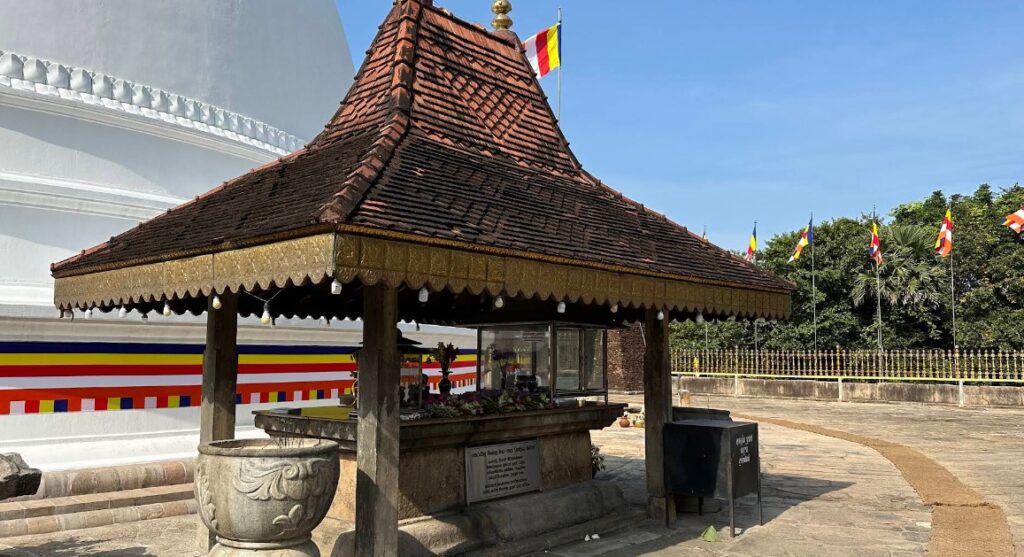
Peaceful ambiance, along with ancient buildings, sets up a relaxed space for meditation and prayer.
Cultural Impact and Pilgrimage
Although located in the fairly out-of-the-way eastern region of the nation, Seruwila Raja Maha Viharaya nevertheless attracts thousands of pilgrims every year. It is especially crowded during religious holidays such as Vesak, Poson, and Esala, when Buddhist devotees from all across the nation and even overseas come to worship.
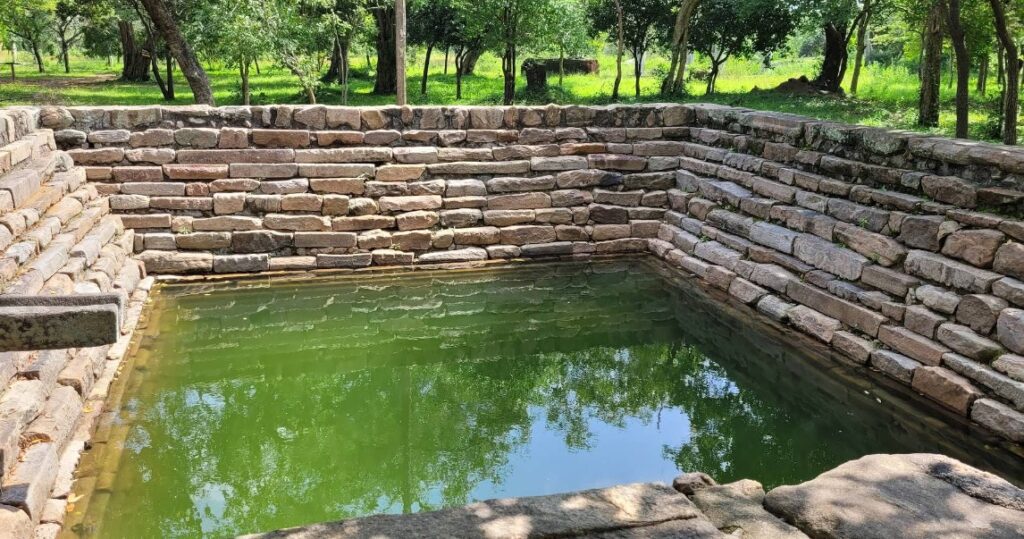
The temple is also important in uniting Buddhists within Sri Lanka, particularly when national or local unrest occurs. Its presence within a multi-ethnic and multi-religious region such as Trincomalee reminds of the Buddhist origins of the East, as well as promoting peaceful coexistence among other communities.
Natural Surroundings
Seruwila is not only a religious shrine destination but also a place of natural beauty. The surrounding area of the temple is biodiverse with marshes, lagoons, and dry-zone forests that support birds, reptiles, and mammals. The journey to the temple is dotted with countryside views of Sri Lanka, and one will walk through paddy fields, water courses, and village settlements. Nearby are the following places of natural interest: Verugal Aru (river): Flows near the temple, adding to the serenity of the premises.
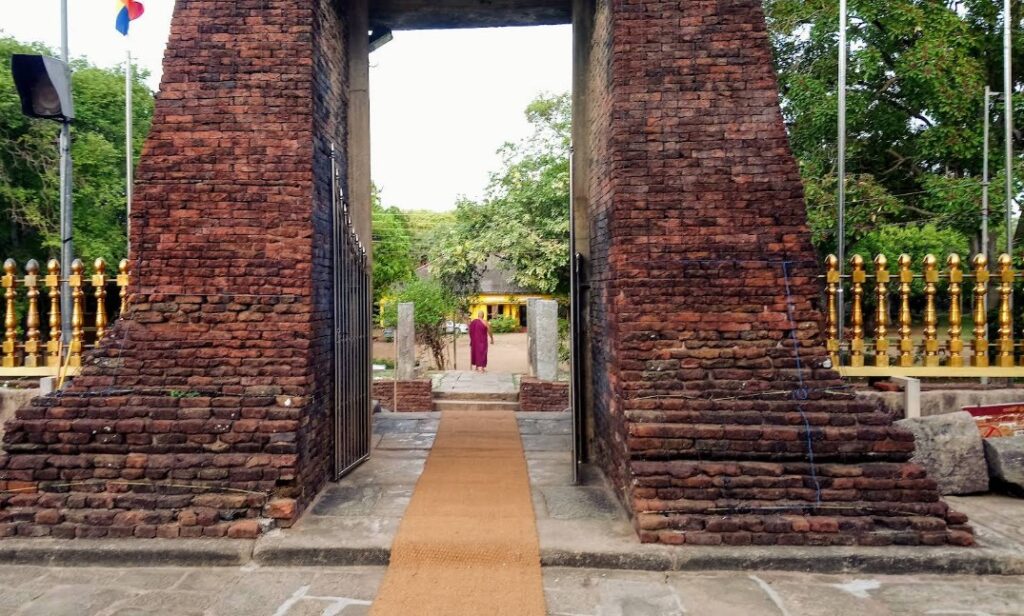
Kinniya Hot Springs: Located approximately 45 km away, commonly visited by pilgrims in transit through Trincomalee.
How to Get There
From Colombo:
- Distance: ~310 km
- By road: Colombo → Habarana → Trincomalee → Seruwila
- By train: Colombo to Trincomalee, then by bus or tuk-tuk
- Travel time: ~7–8 hours by car
From Trincomalee:
- Distance: ~45 km south
- Travel time: 1.5–2 hours
- Best route: Trincomalee → Muttur → Seruwila
- Transport options: Private vehicle, tuk-tuk, or local bus
Road conditions can vary, especially during the rainy season, so traveling with a local driver or guide is recommended.
